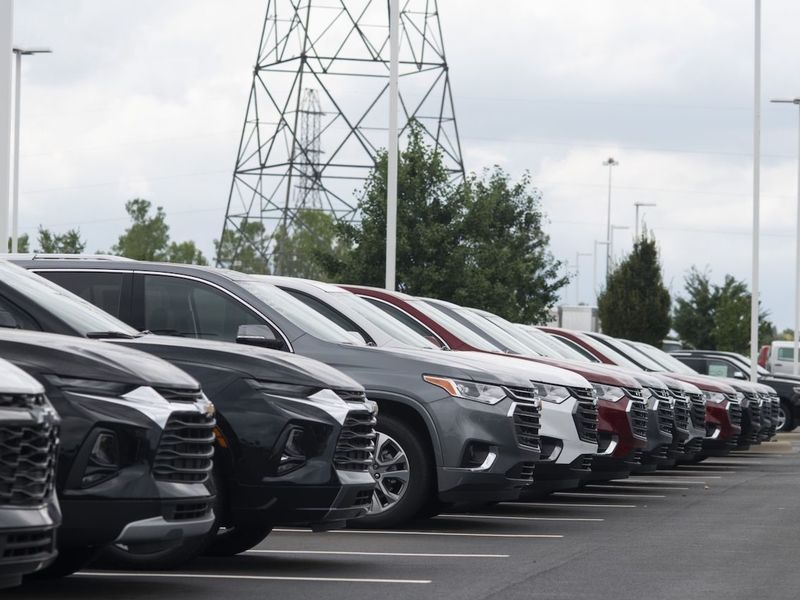
U.S. private sector employees needed more time to save enough money to buy used and new cars last year as vehicle prices ballooned faster than wages grew, a study by consulting firm Anderson Economic Group concluded.
The Consumer Price Index — a U.S. Bureau of Labor Statistics measurement of the average change over time in prices paid by consumers for an assortment of goods and services — soared 37 percent for used vehicles in December 2021 compared with December 2020, according to findings released Thursday by Anderson. New-vehicle prices shot up 12 percent over that same time period.
Those price surges have been exacerbated by a combination of high consumer demand for vehicles and parts shortages that have constrained new-car production and put pressure on dealership inventory levels. And average weekly earnings for all private sector jobs in the U.S. in 2021 grew at a pace that couldn’t keep up with the surges — from $1,035 in December 2020 to $1,085 in December 2021, an increase of about 4.9 percent, according to Anderson’s analysis.
“The unique condition of the auto industry is part of it,” Cristina Benton, director of market and industry analysis for Anderson Economic Group, told Automotive News. “Last year, auto production had taken a serious hit due to the parts shortage, shortage of computer chips. … Dealers had empty lots, and consumer demand was steady.”
Those factors “definitely” contributed to the price increases, said Benton, who co-authored the analysis with Anderson consultant Sara Bowers.
The average price of a used vehicle was $27,569 in November 2021, up from $21,708 in November 2020. Employees on average needed to save an additional five weeks’ worth of wages to afford a used vehicle, Anderson said in its report.
And new-vehicle prices jumped to an average of $47,077 in December 2021, up from $41,335 in December 2020. That means employees would have needed to save an additional three weeks’ worth of wages to be able to afford a new vehicle, Anderson said.
“This is the first time in recent memory that ‘sticker shock’ has been a clinical condition for auto shoppers,” Patrick Anderson, the group’s CEO, said in a statement.
The Anderson group said its experts pulled from Bureau of Labor Statistics data related to the Consumer Price Index “to compare the cost of new and used vehicles relative to average weekly earnings for private jobs.”